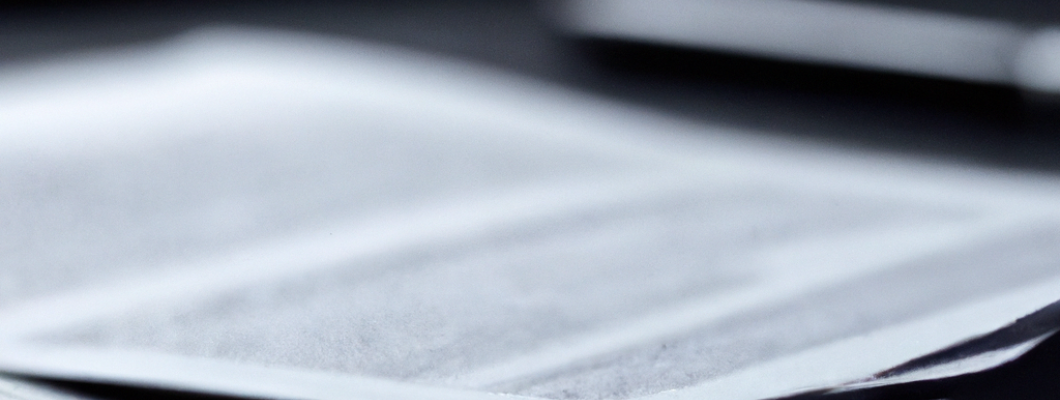Guide to Choosing the Best DTG Printer for Your Business Needs

Guide to Choosing the Best DTG Printer for Your Business Needs
In recent years, direct-to-garment (DTG) printing has revolutionized the apparel printing industry. Whether you're starting a new custom shirt business or upgrading your existing setup, selecting the right DTG printer is crucial for achieving high-quality results and ensuring business growth. With a variety of models and features available, understanding what to look for can save you time and investment in the long run.
A DTG printer works by applying ink directly onto textiles, allowing for detailed and vibrant designs with minimal setup. This technology is especially popular for small batch and on-demand printing, making it an ideal choice for entrepreneurs and established businesses alike. However, not all DTG printers are created equal. When choosing, you need to consider factors like print quality, speed, maintenance, and compatibility with different fabrics.
One of the first considerations is print quality. Look for a printer that offers resolution options of at least 600 dpi to ensure sharp, detailed images. The type of ink used also impacts the durability and vibrancy of your prints. Water-based pigmented inks are most common, providing softer prints and excellent color reproduction. Additionally, check if the printer can handle various garment types and sizes, such as cotton, polyester blends, or DJ fabric, depending on your target market.
Speed is another critical aspect, especially if you plan to operate at higher volumes. Some DTG printers can print a shirt in under 2 minutes, making them suitable for busy workshops or online order fulfillment. However, faster models may come at a higher cost. Balance your needs for speed with your budget. Remember, a faster printer may require more frequent maintenance, so consider models known for durability and ease of upkeep.
Cost and budget are important — but consider the total cost of ownership. Besides the initial investment, factor in ongoing expenses such as inks, replacement parts, maintenance, and training. A more expensive printer with higher efficiency might save money over time through reduced consumables and less downtime. Also, check if the manufacturer offers good customer support and warranty options, as these can be invaluable for troubleshooting and ongoing operation.
Another feature to consider is the software compatibility. Many modern DTG printers come with user-friendly software, allowing you to prepare and edit designs easily. Compatibility with popular design programs like Adobe Photoshop or Illustrator is a plus. Cloud-based solutions can also streamline workflow and enable remote management of your printing jobs, which is ideal for business scalability.
Before making a purchase, do thorough research. Read reviews from other users and consider requesting demo sessions or samples from supplier companies. Visiting trade shows or exhibitions can give you hands-on experience with different models. Investing in training for your staff on printer operation and maintenance can further improve your output and reduce errors, ensuring long-term success.
In conclusion, choosing the right DTG printer involves balancing quality, speed, cost, and compatibility with your business goals. By carefully evaluating your printing needs and future growth plans, you can pick a model that delivers high-quality outputs while optimizing your investment. Remember, the right equipment can mark the difference between a struggling business and a thriving enterprise in the competitive world of custom apparel manufacturing.
```
Leave a Comment